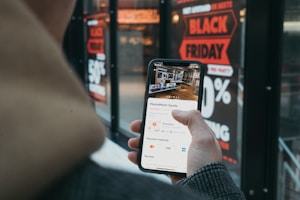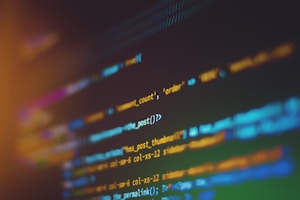The internet of things is a relatively new concept in modern computing but has seen a mighty uptake since the very early days of its introduction to the market. More and more projects are making use of the internet of things to introduced concepts of distributed computing and sensors into application scenarios when require that information be collected from different sources and that the systems that are installed in these projects are self-aware and capable of controlling and sustaining themselves. The users of these systems are also finding it more fun and entertainment to create new projects out of the internet of things and in this case, urbanization has not been left behind as the uptake of the internet of things increases.
The growth of the internet of things means that urbanization is made much faster and effective. New ideas and concepts in development projects for urban living areas are much easier to realize and turn into reality. The internet of things projects that are used for urbanization is also more effective when dealing with information obtained from sensors and other devices that have an accurate reading of environmental factors. Temperature and humidity are some of the main readings required for computer-controlled living environments. These make it possible to adjust the lighting in these living spaces, control the air conditioning, and even schedule the operation of certain devices systems responsible for sustaining these living places.
With the use of the internet of things, urban areas are also much easier to manage. All the streaming information coming in from the devices connected to the setup means that the urban areas’ administration is much simpler. Management and maintenance of the living spaces are also made much more useful, with the internet of things being responsible for the data used to ensure comfortable living for these places’ occupants. The management costs are also reduced, with spots that are likely to bring up trouble for the residents being closely monitored to necessitate early fixes that are of a more permanent nature instead of exposing workers to harsh environmental conditions when the problem has become a fully grown pandemic.
The cost of urban living can be greatly reduced thanks to the use of information systems, and the internet of things has really played a role in making this possible. The internet of things is made up of connected sensors that can really take in readings from the external world and make these spaces easier to control from a centralized location. The people charged with keeping these places safe can also have a live feed of the security cameras connected to the outskirts of the urban areas to warn them early about invasions and other migratory conditions that are likely to happen in case of political instability and natural catastrophes.








